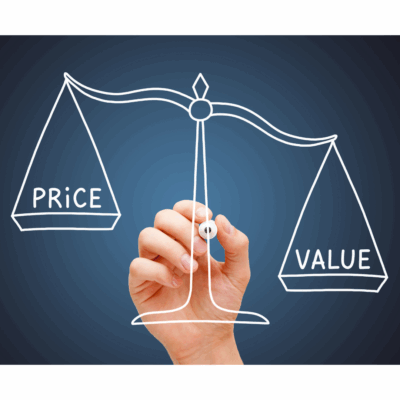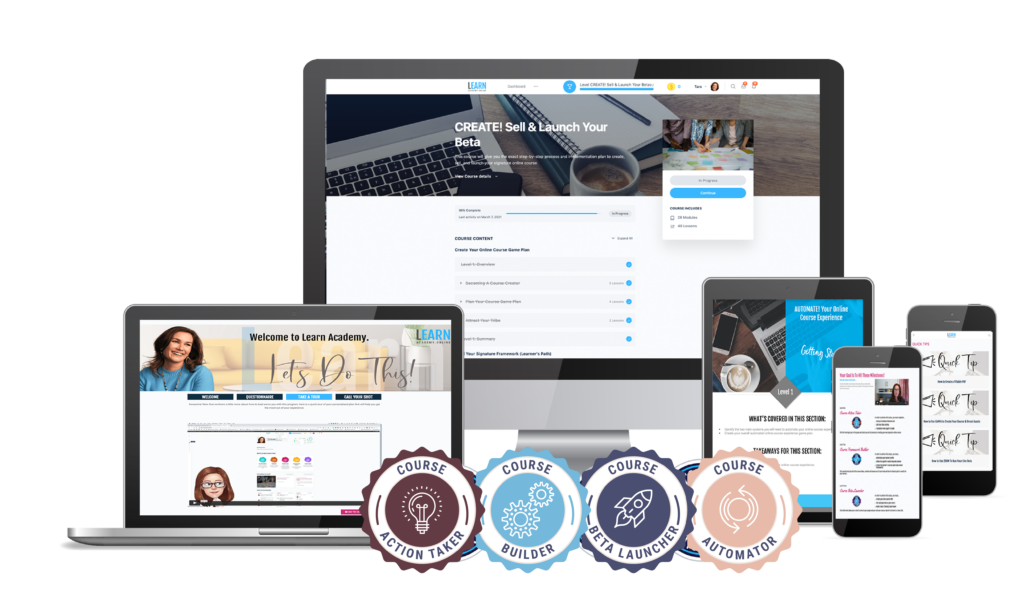“Design is not just what it looks like and feels like. Design is how it works.” – Steve Jobs
User Experience Design or UX Design is the critical backbone of online business success.
Picture this: you’ve invested countless hours and resources into creating an incredible product or service, but your potential customers abandon your website and client experience within seconds of arriving.
This scenario isn’t just frustrating—it’s a business nightmare that can be prevented through strategic UX design.
Last night I was at a committee meeting and we had a long discussion on how it is so difficult to get people’s attention. We were trying to promote an event but no one could find it because it was buried in a well-intentioned communication but it made it difficult to find. UX Design will help you map out and visual how your customers will use the experience.
The Nielsen Norman Group, a world-leading UX research firm, emphasizes that every dollar invested in UX brings 100 dollars in return—a staggering ROI that cannot be ignored.
The Digital First Impression
The human brain processes visual information extraordinarily quickly. Research from Google’s design team reveals that users form an opinion about a website in just 50 milliseconds—that’s five times faster than the blink of an eye.
These milliseconds determine whether a potential customer becomes a loyal client or vanishes into the vast digital landscape, potentially never to return.
Why User Experience Design Matters
The Psychological Foundations of User Experience
User experience design isn’t just about creating something that looks good—it’s about crafting a digital journey that feels intuitive, engaging, and emotionally resonant.
When users navigate a well-designed interface, they experience a sense of effortlessness that triggers positive psychological responses.
This emotional connection transforms casual visitors into committed customers.
The Economic Impact of Exceptional UX Design
Beyond psychological factors, UX design has profound economic implications. Companies that prioritize user experience see tangible financial benefits:
- Increased customer retention rates
- Higher conversion percentages
- Reduced customer acquisition costs
- Enhanced brand reputation and loyalty
6 User Experience Design Strategies to Transform Your Online Business
Strategy 1: Architect an Intuitive Navigation System
Navigation is the skeletal structure of your digital ecosystem. A truly exceptional navigation system does more than guide users—it anticipates their needs and creates a seamless journey of discovery.
Consider the cognitive load on users when they enter a website. Each decision requires mental energy. An intelligent navigation system minimizes this cognitive strain by:
- Creating predictable menu structures that mirror users’ mental models
- Using clear, descriptive labels that eliminate guesswork
- Implementing breadcrumb trails that provide contextual awareness
- Designing consistent navigation across different pages and sections
Real-world example: Amazon’s navigation system allows users to drill down through categories effortlessly, always providing context and multiple pathways to find desired products.
Strategy 2: Mobile Responsiveness as a Fundamental Requirement
Mobile optimization is no longer optional—it’s existential. With smartphone penetration reaching unprecedented levels, your digital presence must be flawlessly adaptable across devices.
Deep mobile optimization goes beyond simple responsiveness. It involves:
- Reimagining content hierarchy for smaller screens
- Implementing touch-friendly interaction designs
- Creating contextually aware mobile experiences
- Ensuring lightning-fast loading speeds on cellular networks
- Designing with thumb-zone interactions in mind
Strategy 3: Performance Optimization – Speed as a Competitive Advantage
Website performance is a critical user experience design factor that directly impacts user satisfaction and business metrics. Modern users have zero tolerance for slow-loading websites. Check out Google PageSpeed Insights to test your speed.
Performance optimization is a multifaceted discipline involving:
- Advanced image compression techniques
- Strategic content delivery network (CDN) implementation
- Minimizing render-blocking JavaScript
- Implementing progressive loading strategies
- Continuous performance monitoring and iterative improvements
Strategy 4: Craft Intelligent Visual Hierarchy
Visual hierarchy is the silent communicator of your digital experience. It guides user attention, creates emotional engagement, and facilitates information consumption.
Advanced visual hierarchy techniques include:
- Using color psychology to create emotional resonance
- Implementing strategic white space to reduce cognitive load
- Creating natural visual flow that guides user interactions
- Balancing aesthetic appeal with functional clarity
- Utilizing typography as a strategic design element
Strategy 5: Develop Persuasive and Intelligent Call-to-Action
Call-to-actions (CTAs) are conversion catalysts. They’re not just buttons—they’re strategic communication points that bridge user intent with business objectives.
Sophisticated CTA design incorporates:
- Psychological trigger words that inspire action
- Strategic placement based on user journey mapping
- Dynamic personalization based on user behavior
- Contextual relevance that feels natural, not pushy
- A/B testing to continuously refine messaging and design
Strategy 6: Personalization – The Future of User Experience
Personalization transforms generic digital interactions into tailored, meaningful experiences. It’s about making users feel uniquely understood and valued. Read more here – Gartner Research
Comprehensive personalization strategies involve:
- Leveraging machine learning for predictive user experiences
- Creating dynamic content ecosystems
- Implementing intelligent recommendation systems
- Respecting user privacy while delivering customized interactions
- Building trust through transparent, value-driven personalization
Your Strategic User Experience Design Transformation
User experience design is a continuous journey of understanding, empathy, and strategic innovation. By viewing UX not as a cost center but as a critical business strategy, you position your online presence for sustainable growth and meaningful customer relationships.
The businesses that will thrive in the digital future are those willing to invest deeply in understanding and anticipating user needs—transforming transactions into memorable experiences.
Call to Action
Your digital transformation begins with a commitment to exceptional user experience design. If you are interested in learning more, Book a Call







